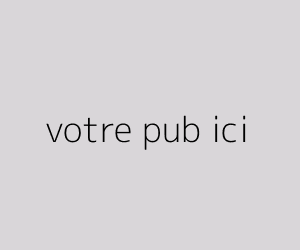- 13:12تأخير ملف بودريقة والموثق
- 13:03الإقصاء من الدعم يشعل احتجاجات متضرري زلزال الحوز
- 12:43الأمن يجهض عملية تهريب 5 أطنان من الحشيش بآسفي
- 12:13رئيس شبكة الكفاءات الطبية لمغاربة العالم يُشيد بمبادرة جلالة الملك
- 11:59عرشان ل"ولو": حزبنا غير مستهدف ولانعرف مكان اعتقال تالموست
- 11:55أزمة المياه.. توقعات باستمرار إنتاج الأفوكادو خلال الموسم الجديد
- 11:40لي أمبريال 2025.. نسخة استثنائية حول "التحول النموذجي لرجال الأعمال"
- 11:39المهرجان الدولي للفيلم بمراكش يكشف عن أعضاء لجنة تحكيم دورته الـ21
- 11:23ترامب يعيّن رئيسة حملته الانتخابية بمنصب كبيرة موظفي البيت الأبيض
تابعونا على فيسبوك
Spain's Frontier Fortification: Moroccan Border Bolstered Amid Domestic Resource Debate
In a significant move that has sparked domestic controversy, Spain has furnished Morocco with an impressive array of 188 advanced border surveillance systems, according to a recent exposé by Spanish news outlet Vozpópuli. This substantial technological transfer, aimed at reinforcing security along the shared Spanish-Moroccan frontier, has raised eyebrows and ignited debate within Spain's law enforcement community.
The equipment package, part of the EU-funded initiative "Support for Border Management and Migration in Morocco," includes a sophisticated suite of monitoring devices. Specifically, 65 thermal cameras with positioners, 98 portable thermal camera-viewers, 25 night vision scopes, and various nautical telecommunications equipment have been dispatched to bolster Moroccan border control capabilities.
This generous provision stands in stark contrast to the resources allocated to Spain's own National Police and Civil Guard units operating in the country's southern regions. Government data, released in response to a parliamentary inquiry, reveals that since 2019, Spanish security forces in the south have received a mere 37 units of comparable equipment. The majority of these acquisitions were financed through the Regional Center for Analysis and Intelligence against Drug Trafficking (CRAIN) or via EMPACT (European Multidisciplinary Platform against Criminal Threats -Europol-) credits, with costs undisclosed for most items.
The apparent disparity in resource allocation has not gone unnoticed. The Unified Association of Civil Guards (AUGC) has voiced strong concerns, questioning the Interior Ministry's priorities. The AUGC points to ongoing shortages of personnel, vehicles, and technical materials crucial for combating immigration and drug trafficking within Spain's borders.
While the Spanish government has made some investments in domestic border surveillance, such as the €1.86 million integrated system installed in the Civil Guard Command of Melilla, the scale of support extended to Morocco dwarfs these efforts. This imbalance has fueled a heated debate about the appropriate distribution of resources between domestic and foreign security initiatives.
As Spain continues to grapple with the persistent challenges of irregular migration and narcotics smuggling along its southern frontiers, the controversy surrounding this technological transfer to Morocco is likely to intensify. The situation underscores the complex interplay between international cooperation, domestic security needs, and resource allocation in an era of evolving border management strategies.
The decision to bolster Morocco's border surveillance capabilities so substantially while domestic forces reportedly struggle with equipment shortages has thrust Spain's border security policies into the spotlight. As the debate unfolds, it remains to be seen how the Spanish government will address the concerns raised by its own law enforcement community while maintaining its commitments to international security cooperation.
This developing story highlights the intricate balance Spain must strike between fortifying its own borders and supporting regional security efforts. As the implications of this significant technology transfer continue to reverberate, it is clear that Spain's approach to border management will remain a topic of intense scrutiny and discussion in the coming months.



